Colleges/Universities
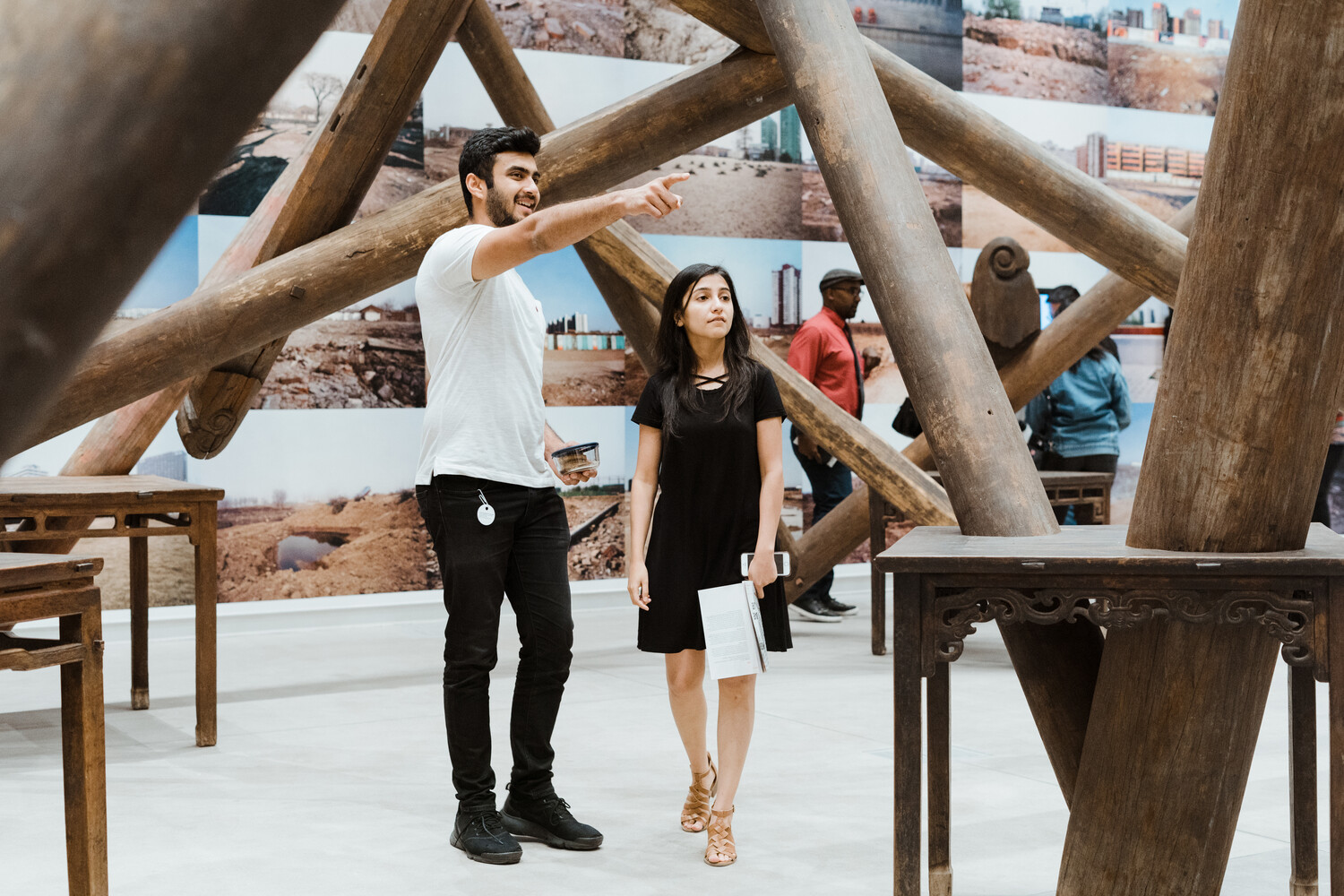
Overview
The Kemper Art Museum welcomes faculty, staff, and students from St. Louis metro area colleges and universities to explore our permanent collection and special exhibitions. The Museum’s collection of more than 8,000 artworks—including paintings, photography, prints, and sculpture, from ancient objects to global contemporary artworks—offers a range of resources for academic disciplines.
We invite faculty to use the Museum as a laboratory for creative and critical thinking, as a catalyst for conversation, and as a platform for enriching learning. Our educators carefully select works of art that relate to disciplinary goals and design activities to make connections with ideas discussed in class and students’ lives.
Class Tours
Educator-led and self-guided tours complement classroom teaching and learning through close looking and interpretive conversations to promote active student engagement with subject-specific and interdisciplinary curricula. Gallery experiences support students’ development of such transferable skills as communication, creative expression, perspective taking, and critical thinking relevant to a variety of disciplines.
Faculty can request a custom-designed tour or select from one of the offerings below. Tours are led by a Museum educator or are self-guided and are available Wednesday–Monday from 11 am to 5 pm. Limited visits for groups interested in a guided tour outside of normal operating hours are possible based on staff availability.
To schedule a consultation or class visit, please contact José Garza, museum academic programs coordinator, two weeks before the desired date at jgarza@wustl.edu or use the tour request form.
Tour Topics
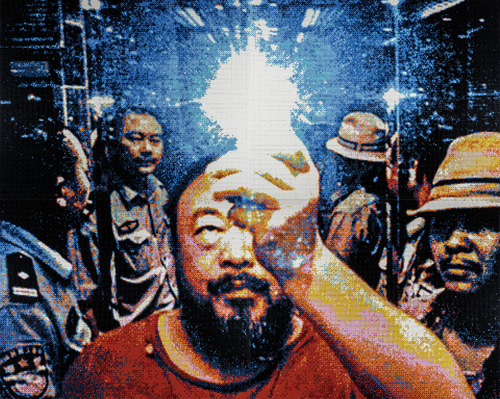
Students make meaningful connections to their fields of study by discussing selected artworks with connections to course goals, ideas, and concepts. Faculty can request a consultation with a Museum educator to learn about creating a custom-designed tour.
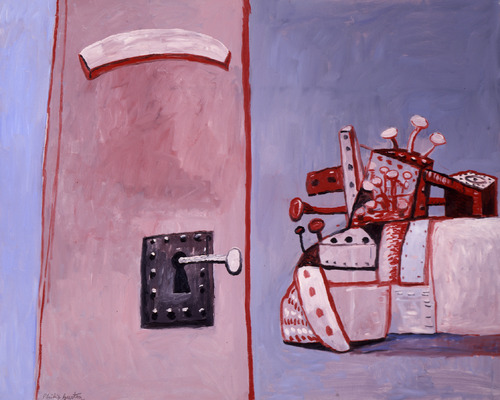
Students learn the steps of visual analysis by “reading” works of art to build observational skills through close looking, comparing/contrasting, and describing. Following visual analysis, students apply different theoretical lenses in their analysis to prepare for writing research papers.
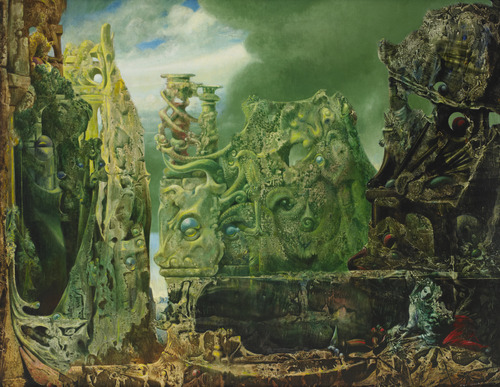
Students in poetry, fiction, and nonfiction explore how visual artists experiment with language and participate in creative writing activities in response to works of art.

The Museum invites faculty, staff, and students to use artworks from the collection to serve as a catalyst for conversations on historical and contemporary issues related to bias, identity, economic inequities, environmental justice, migration, and activism.

Collaborations between medical schools and art museums have proved successful in increasing students’ ability to look deeper, develop descriptive skills, and cultivate empathy through experiences with art. This tour reinforces the importance of the art of close looking within the practice of medicine, technical writing, and other fields that require keen observation.
Study Room
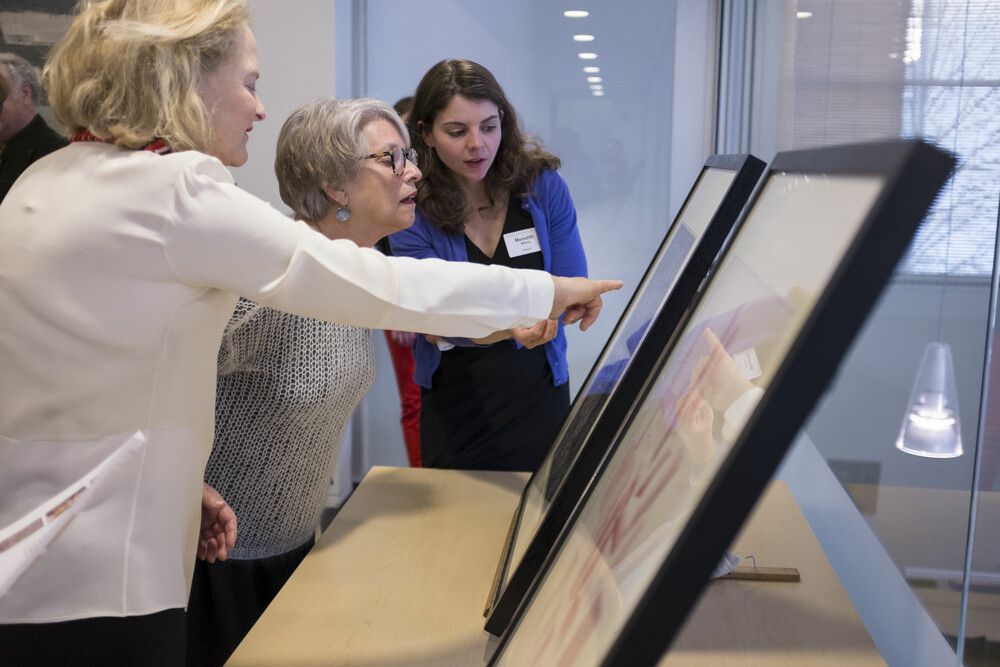
The Museum’s Study Room is a dedicated space to support the teaching of academic courses as well as scholarly research on the collection. Learn more here.
University eNews
Subscribe to the Museum’s University eNews to receive information about programming, events, and other resources for university audiences.